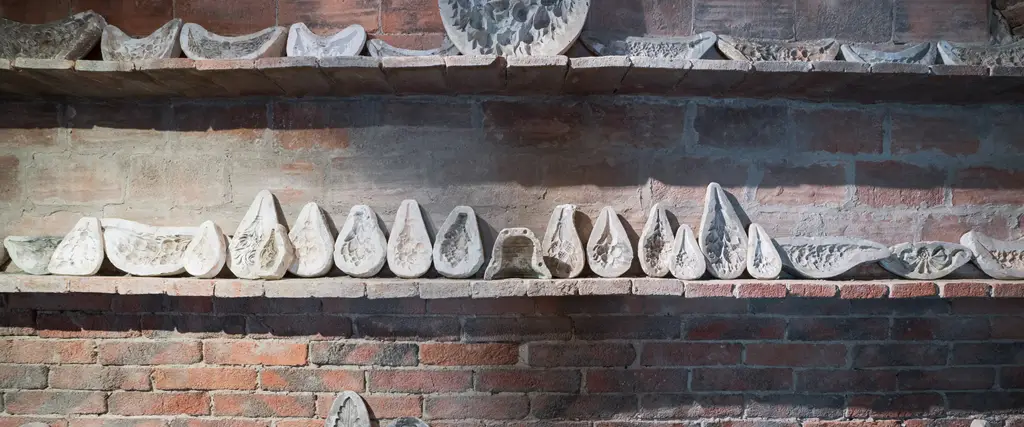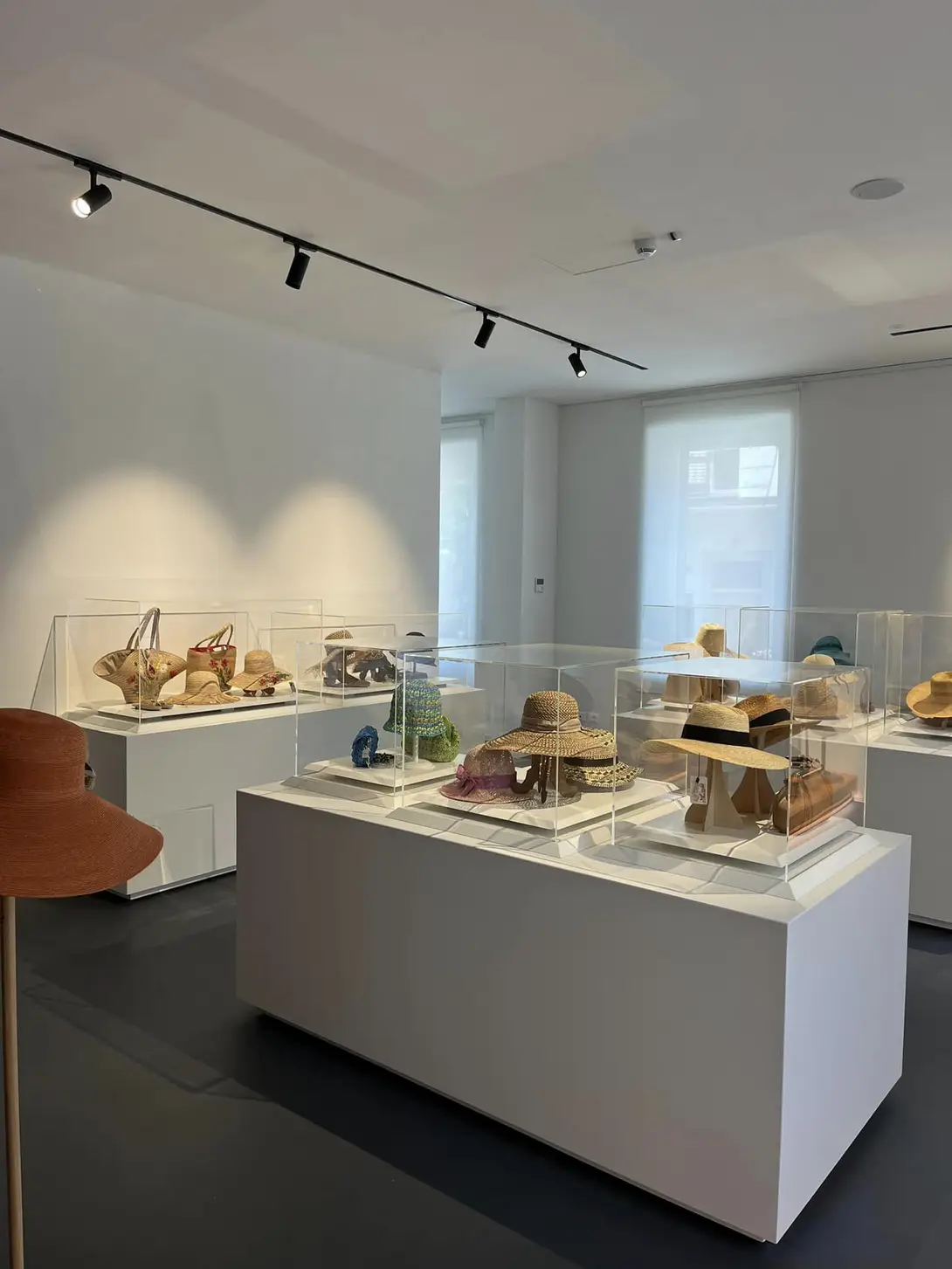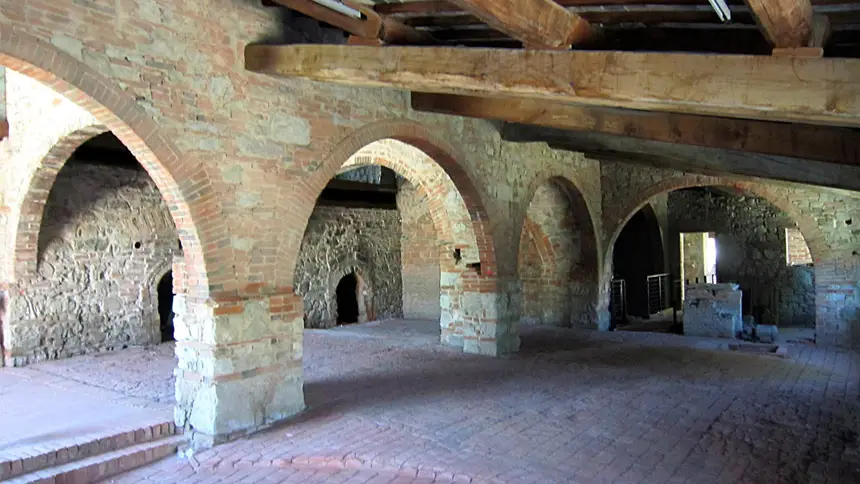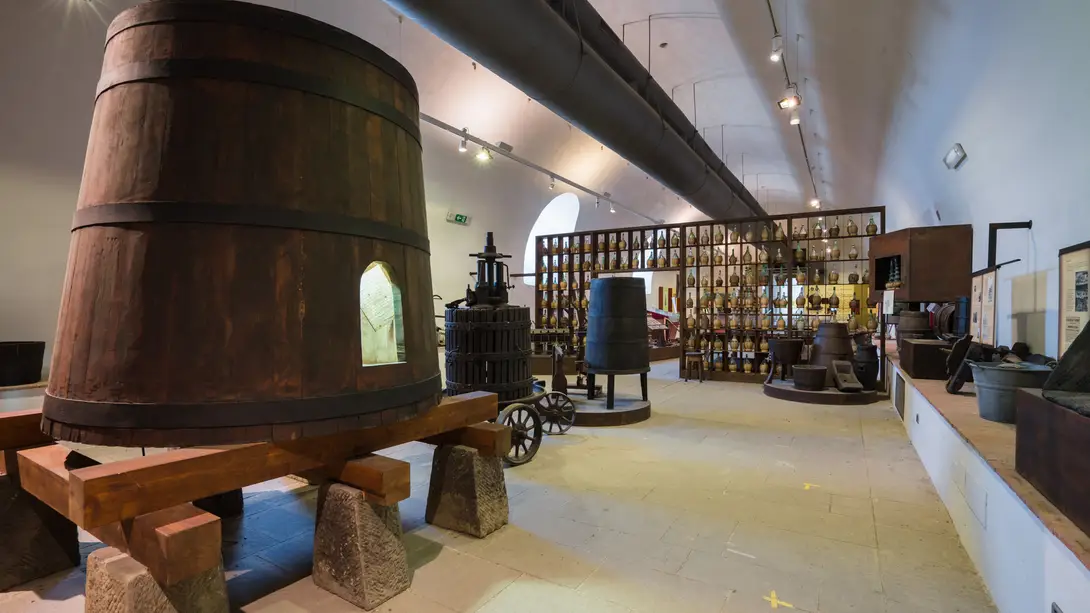
Traditional craftsmanship
Every district around Florence has its own character, even in the handicraft production.
Although some of the traditional activities have definitely closed and their memory is preserved only in museums, other productions continues with the wisdom of the past, being a symbol of pride for the territory.
This special itinerary will let you discover the typical craftmanship of four small towns around Florence.
Signa was famous for its straw production, even if hats were called Florence straw hats. Today this tradition has almost disappeared, but the history of straw hats is told in detail in the lovely Straw and Wickerwork Museum.
The terracotta of Impruneta is an artisan workmanship evolved over time to the industrial phase, passing the test of time. The excellent quality of the clay and some centuries-old kilns hand down a tradition to be proud of. Visits to the kilns and direct purchase are possible.
One of the most prestigious porcelain factories in the world is Richard Ginori, whose activity has always been linked to the town of Sesto Fiorentino, just outside Florence. Richard Ginori porcelain is still produced and can be purchased, although at the moment the interesting museum that documents its history (dated back to the eighteenth century) is closed.
Finally, wine and its production are key elements of the region. The village of Rufina is totally dedicated to viticulture, with an interesting museum of Vine and Wine at Villa Spalletti, where the production is told through equipment and tools, photographs, videos and original documents.
Comune di Impruneta
Useful information
The places
Stages
Municipal Straw Museum
At the beginning of the 18th century, Domenico Michelacci started straw production on an industrial scale and until the 1950s Signa became the centre of the manufacture of hats made of this material (the famous 'straw hat of Florence').
The museum, which also hosts temporary exhibitions, brings together straw and woven objects made of different materials, work tools and machines, historical photos and works of art, and a selection of hats from the late 19th century to 1970.
The new museum building, inaugurated on 10 June 2023, has three levels - basement, ground floor and first floor - housing not only straw hats but also various types of straw braids, bags, paintings, equipment and machinery: seven exhibition rooms entirely dedicated to the preservation and enhancement of the history of Signese, which has its roots in straw processing.
The loggia of the main entrance opens onto a completely renovated courtyard with trees, flower boxes and stone benches. At the entrance is a large terracotta sculpture by Bruno Catarzi under a roof of hats hanging from the ceiling.
The first exhibition room on the ground floor, past the bookshop, is dedicated to audiovisuals: in fact, three ceiling-mounted video projectors have been installed for the continuous reproduction of films, photographs, and interviews on the history of the Museum to be watched while sitting on large poufs placed in the centre of the room. In addition to this, there are two rooms to the right for temporary exhibitions of various objects - certainly hats, but also bags and straw garments.
On the upper floor, three rooms are dedicated to the permanent exhibition: various machines are housed in these rooms - among them a 'needling machine', a tool with which, by means of a vertical movement of the needles, the fibre mattress is made compact. In addition there are paintings, candelabra, hats both in the showcases and hanging on the walls, mannequins for the display of clothing and glass vases containing various seeds to be used for educational experiences.
Finally, a 'selfie wall' for taking souvenir photos wearing straw hats provided by the Museum.
Agresti Furnace
One place in Impruneta testifies more than others the traditional working of terracotta and is the Agresti Furnace.
Its importance derives not only from the historical value of the building complex that composes it, which dates back to the eighteenth century, but also for having preserved tools, moulds, models, shapes that were used until a few decades ago, when it was still in activity.
The Furnace today is the place where Impruneta cotto or terracotta is celebrated: besides being a documentation centre it hosts concerts, exhibitions and tastings.
Museum of Vine and Wine Rufina
Occupying the cellars of Villa Spalletti di Poggio Reale, the museum traces the history of viticulture and winemaking in the Val di Sieve, with particular emphasis on the techniques used. Tools and equipment, photographs, videos and original documents help to illustrate the profound relationship between wine and the area.
There is also a collection of blown-glass, straw-covered fiaschi produced from the 18th century onwards and a series of exhibits offering stimulus for the senses.


